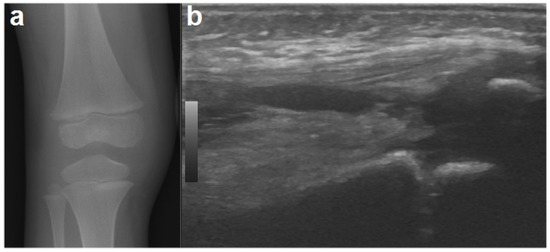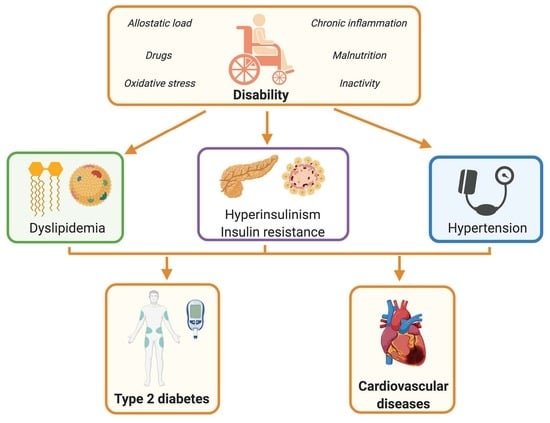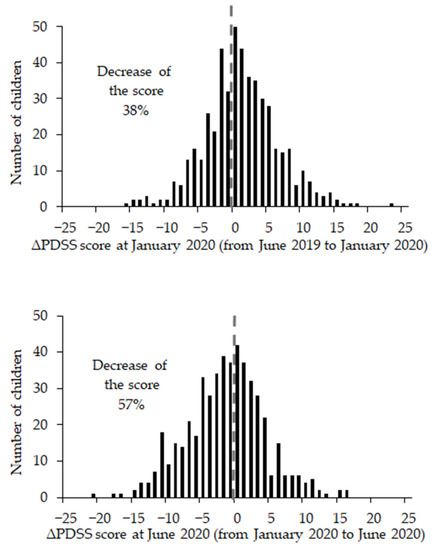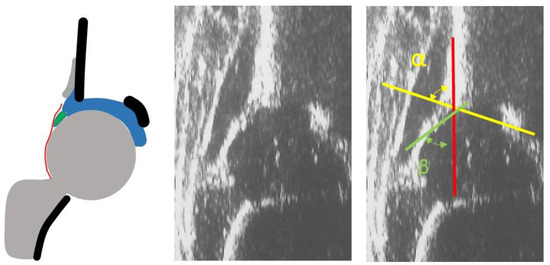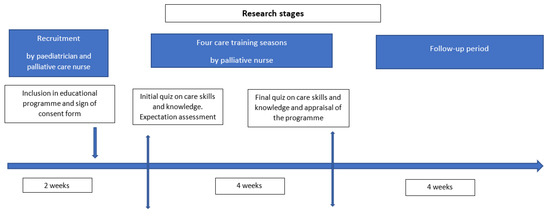Children 2021, 8(3), 192; https://doi.org/10.3390/children8030192 - 4 Mar 2021
Cited by 8 | Viewed by 3671
Abstract
In this research, we studied the language and communication skills of preschool children with a diagnosis of autistic syndrome disorder (ASD) (n = 51) compared to children with other developmental disorders (DD) (n = 42), using direct measures and parental reports
[...] Read more.
In this research, we studied the language and communication skills of preschool children with a diagnosis of autistic syndrome disorder (ASD) (n = 51) compared to children with other developmental disorders (DD) (n = 42), using direct measures and parental reports when assessing the development of language and communication. As a novelty, this research studied a sample of children with low language and communication skills. We found a high correlation between direct measures and parental reports for both populations. Therefore, we propose that combining the information supplied by direct measures together with that supplied by parental reports would be a suitable strategy for language assessment in these populations. In addition, the results show a delay in language comprehension with respect to language production in children with ASD, along with many difficulties with non-verbal communication, compared to children with other developmental disorders (DD). We also found significant differences between both groups with respect to lexical categories. The differences in language and communication profiles of children with ASD compared to children with other DD might have some implications for diagnoses and language intervention in these populations.
Full article
(This article belongs to the Special Issue Language Development in Children: Description to Detect and Prevent Language Difficulties)


